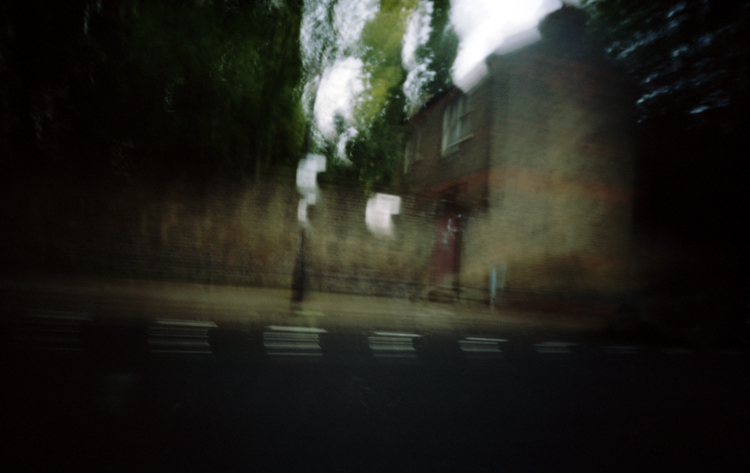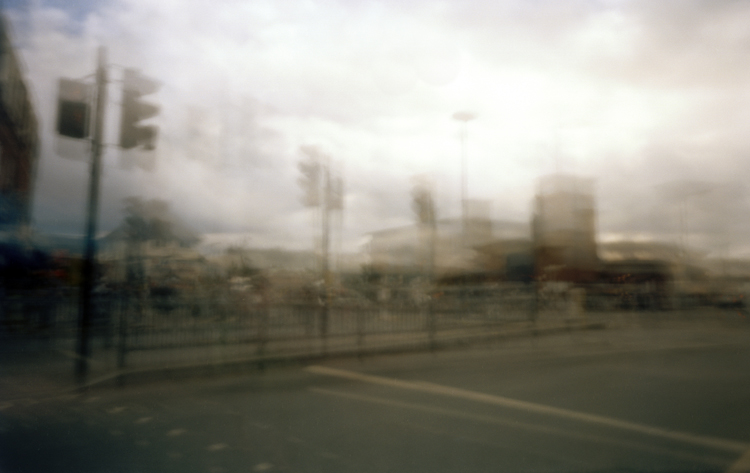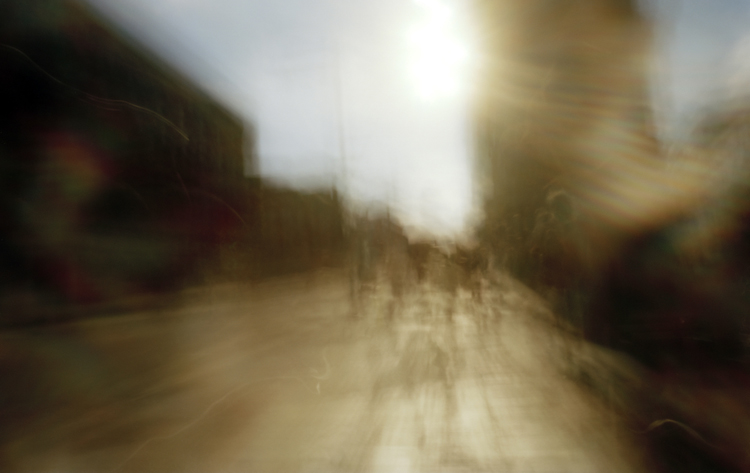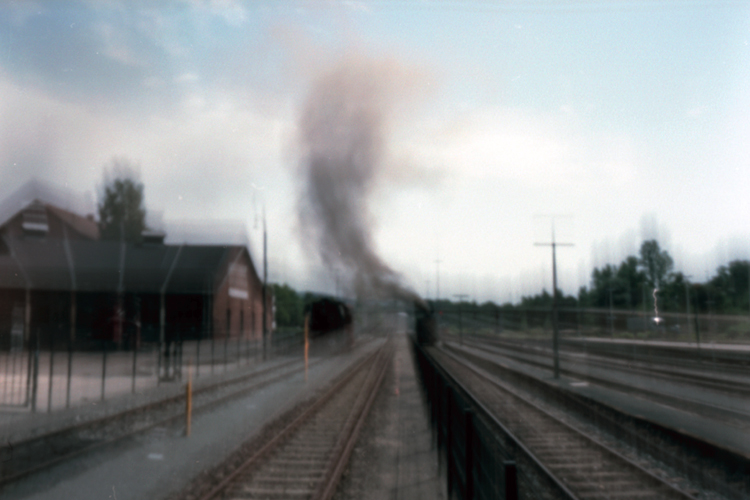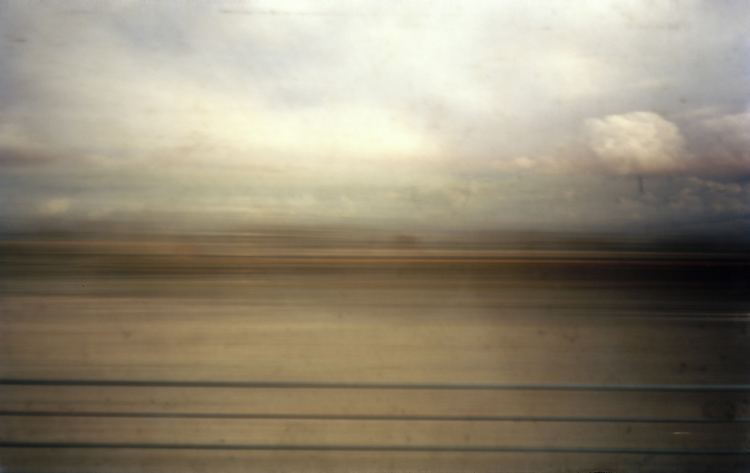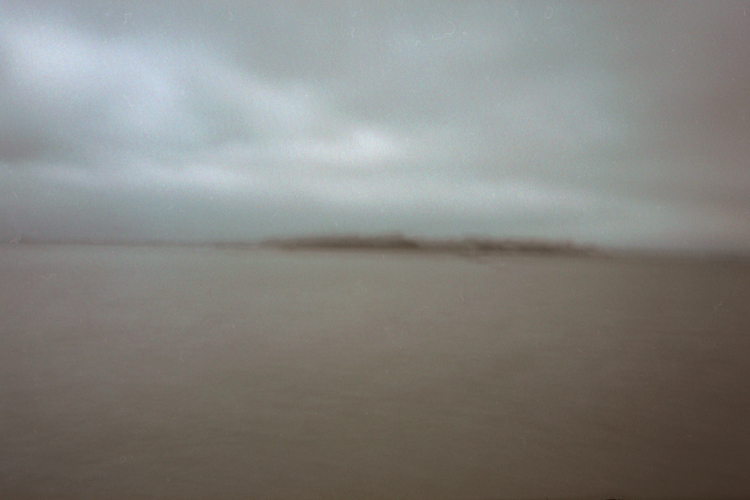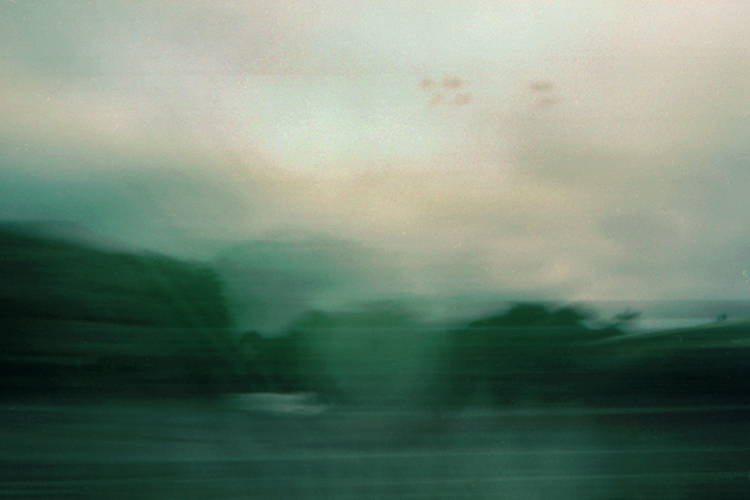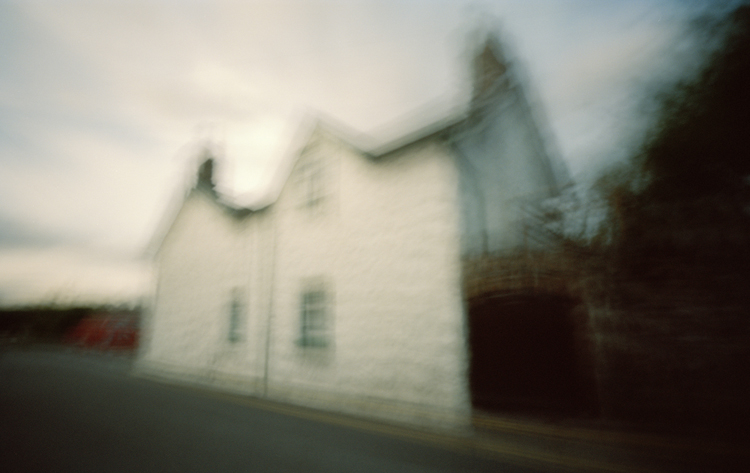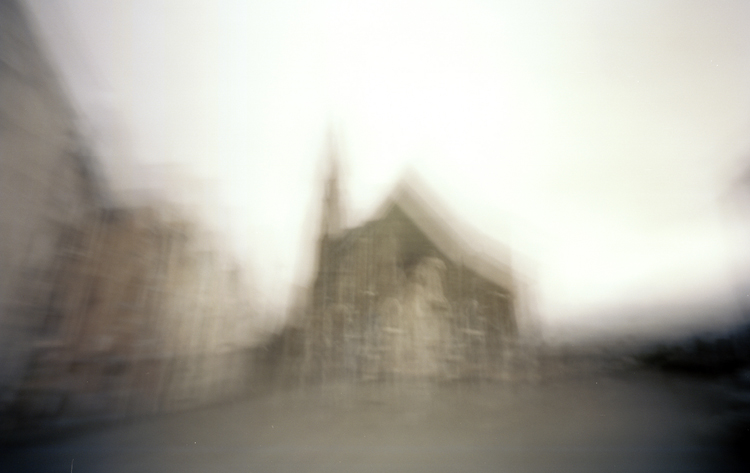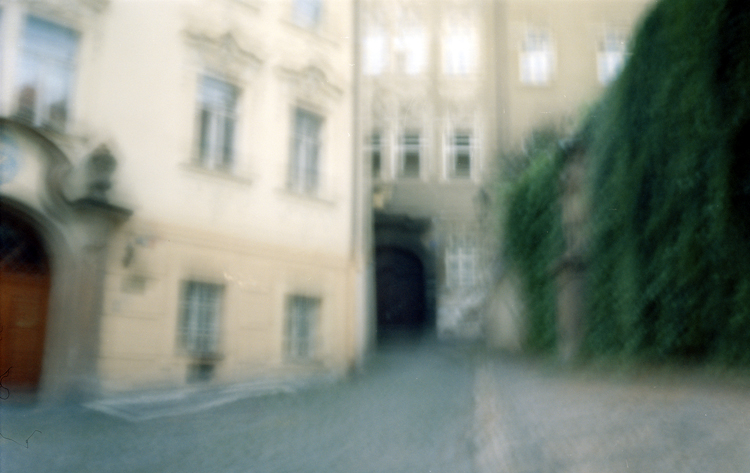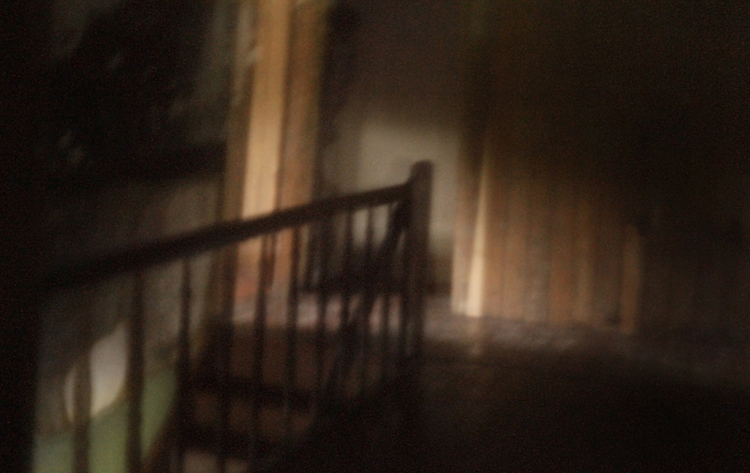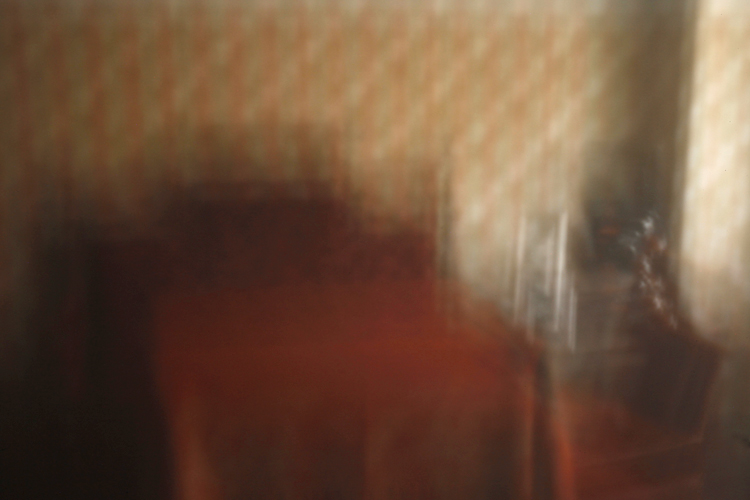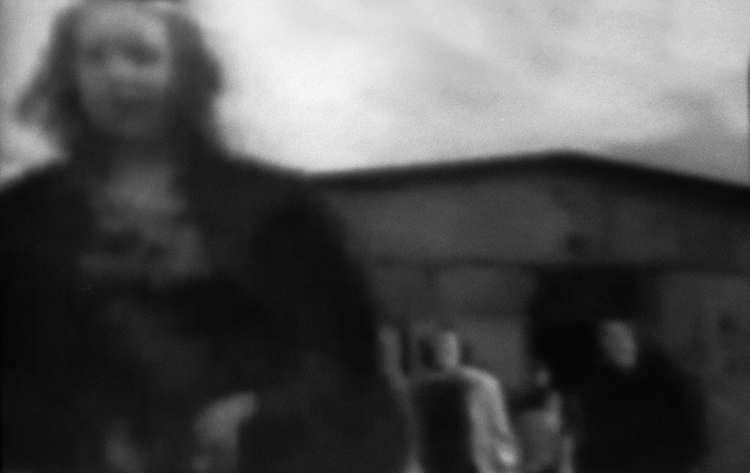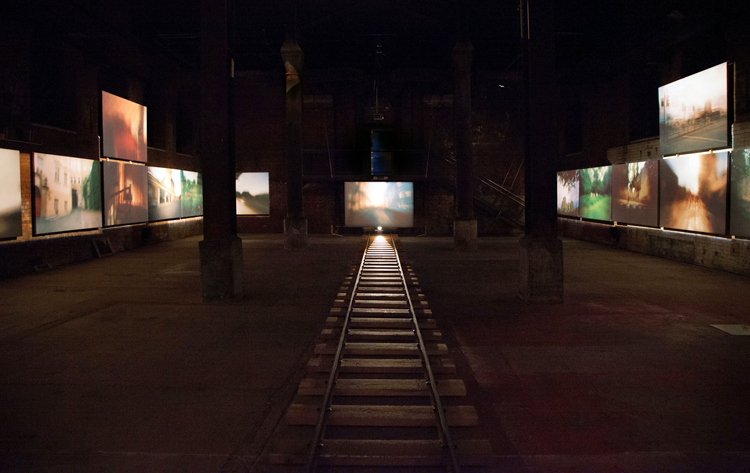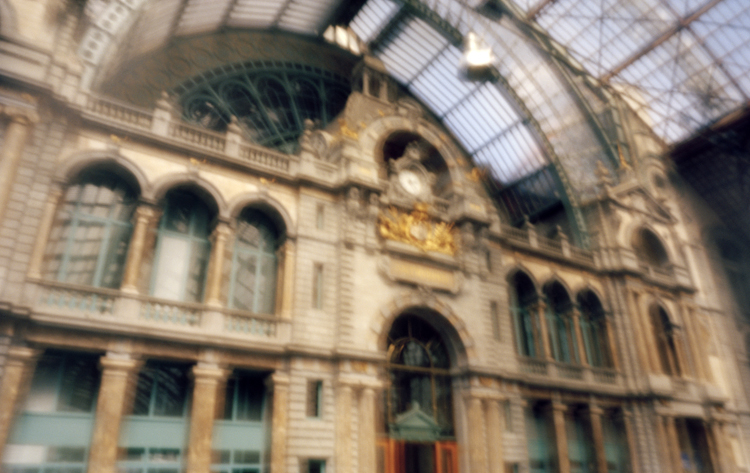
Antwerp station – the meeting of Austerlitz and the narrator in the „Salle des pas perdus“
about the installation: f22 art magazine, London:
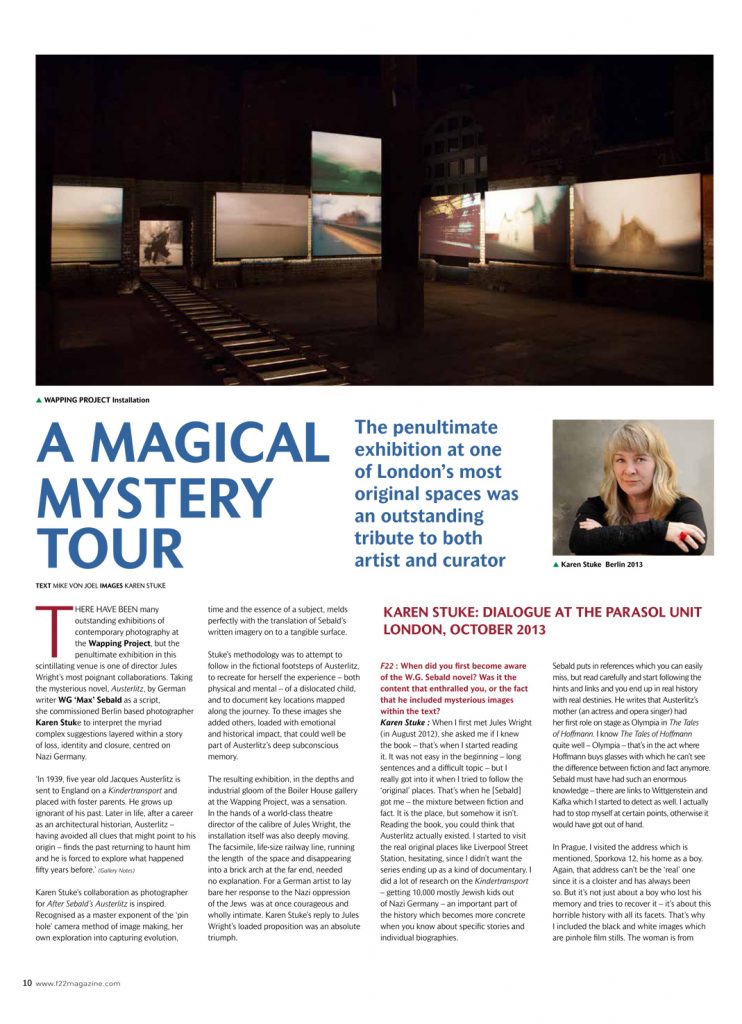
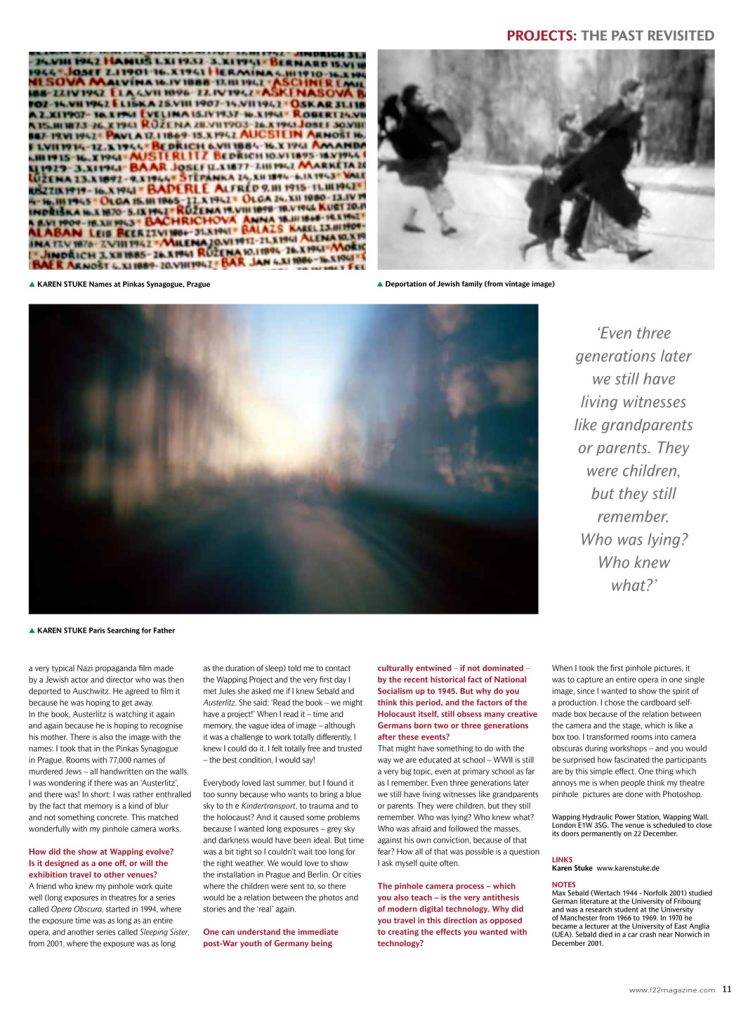
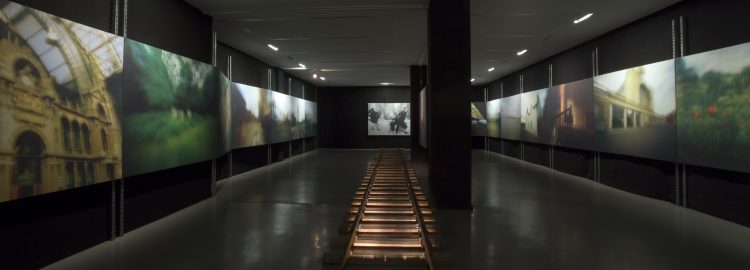
SALLE DES PAS PERDUS (Wandelhalle)
Stuke after Sebald’s Austerlitz
The installation which includes monumental pinhole camera photographs taken in the book’s key locations, a metaphorical railway line and Jewish actors reading the novel is created by Stuke in collaboration with The Wapping Project’s curator Jules Wright. The commissioning of a German artist to respond to a work which deals with the Nazi oppression of Jews is not lost on Karen Stuke for whom the process has been often difficult and painful.
Austerlitz is one of literature’s most haunting meditation on time, loss and retrieval. It tells the story of Jacques Austerlitz, an architectural historian who, aged 5, was sent to England on a Kindertransport and placed with foster parents in Wales. As he rediscovers his past, Austerlitz embarks on a journey through time and space, from mid-20th-century Mitte-Europa to contemporary England.
Stuke, an accomplished photographer in the use of the pin-hole camera, followed this journey. At the crossroad between fact and fiction, she found when they existed, the places of Austerlitz’s story: the Prague exhibition halls from which his mother was deported to the Theresienstadt concentration camp, the railway journey followed by the Kindertransport, his house in Mile End…
The resulting photographs, all taken with her handcrafted pin-hole camera, are the work of light, time and memory. Elusive images created by aggregated traces of light, they evoke fuzzy memories, and justly lend themselves to both, the layers and recesses of Austerlitz’ mind, and Sebalds’ narrative. Pursuing her interest in bringing together visual art and performance, Stuke has also devised, in collaboration with Jules Wright, a large-scale installation that brings key elements from the book into a reality where the visitor is an active viewer and listener, delving into the darkest corners of Austerlitz’s memory, and of Europe’s recent history.
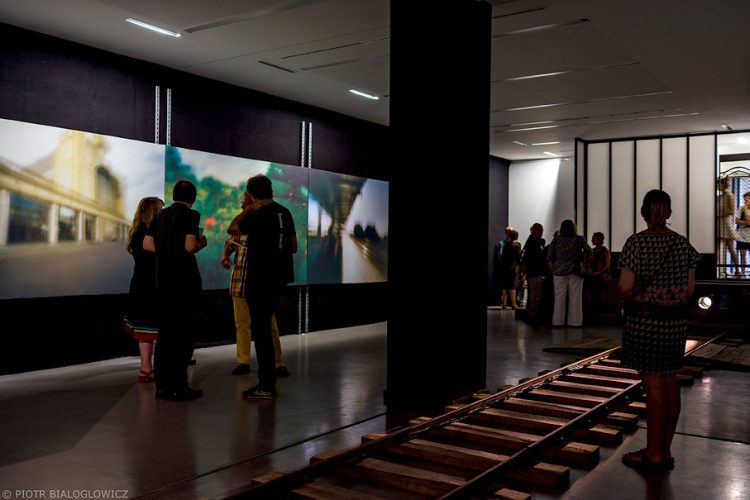
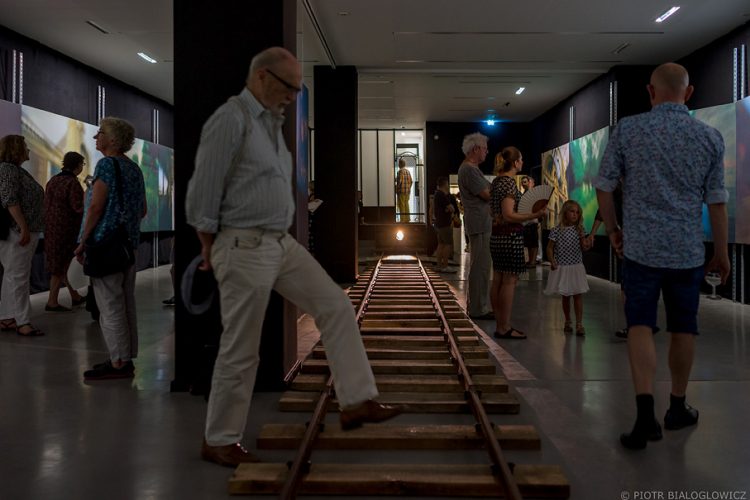
Installation view, Kommunale Galerie Berlin, 2019
Review about the work by Bernd Noack for NZZ, 10.Oct 2019 >>>
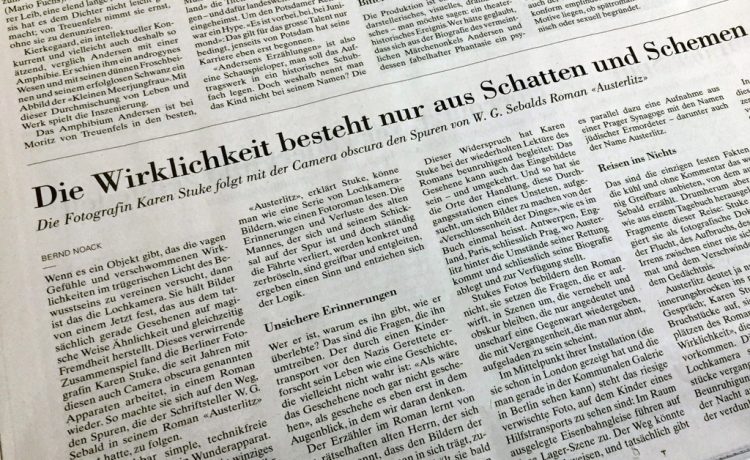
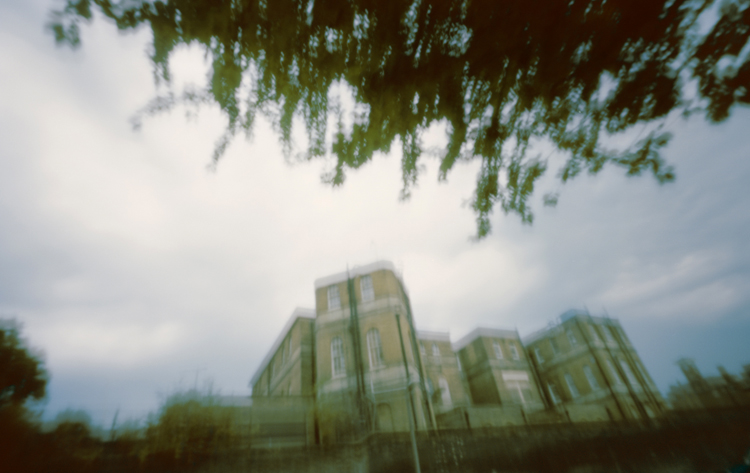
St. Clemens Hospital, London, Austerlitz nervous breakdown
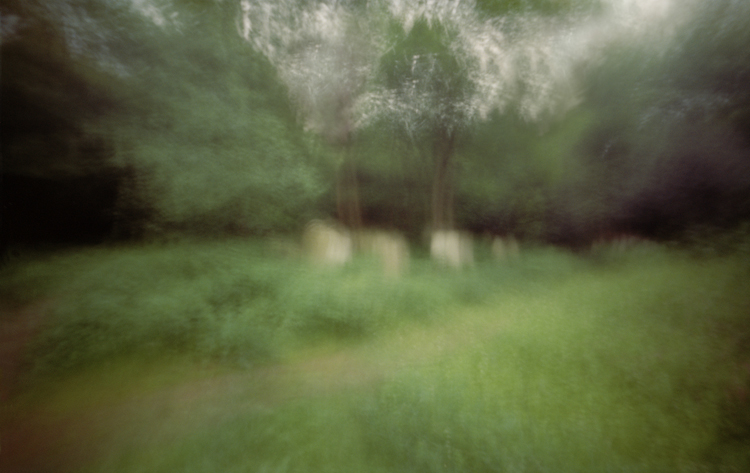
Tower Hamlets Cemetery Park, the beginning of his memory
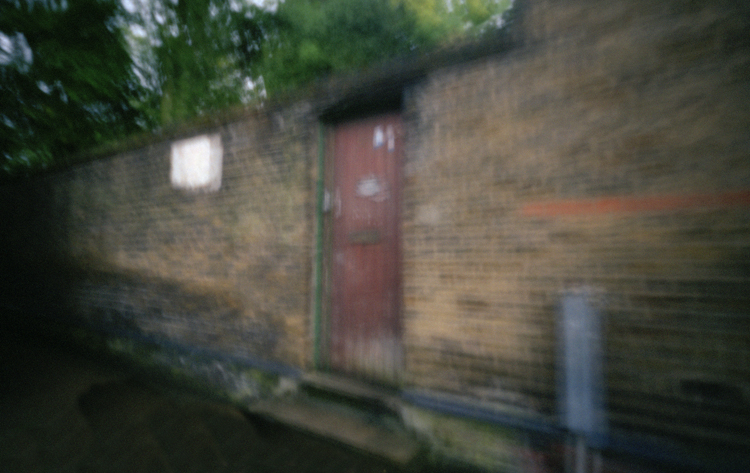
jewish cemetery, Alderney Road
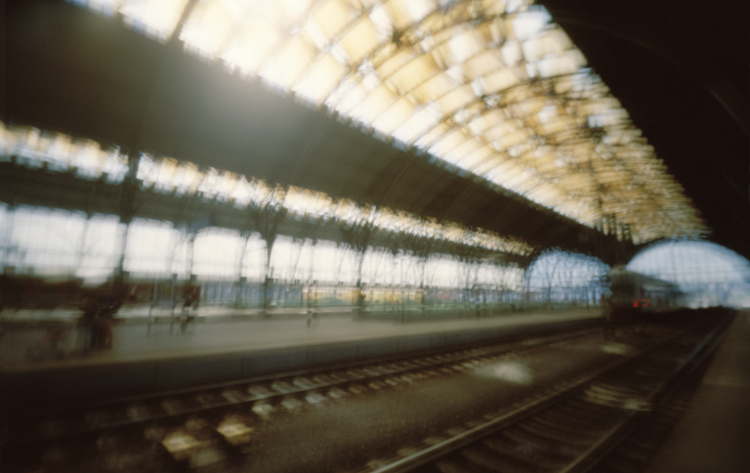
Wilsonovo nádraží, Prague’s main station from where the Kindertransports departed
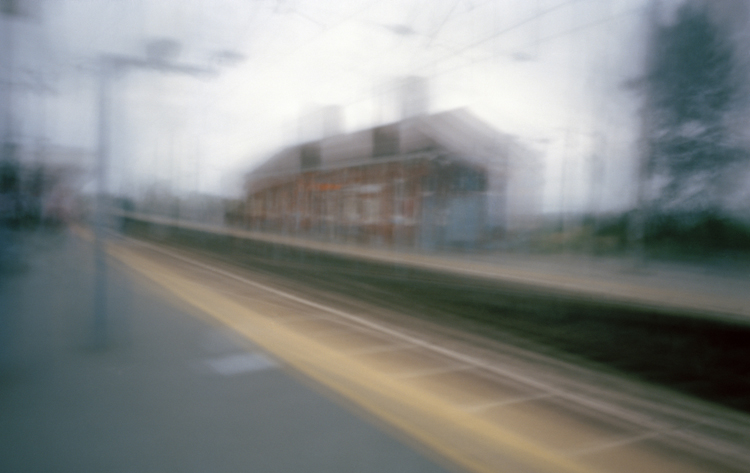
leaving Harwich – passing Manningtree – heading towards London
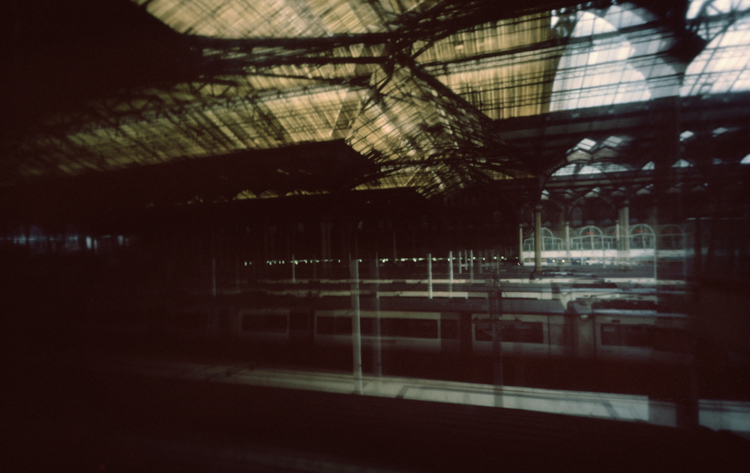
Liverpool Street Station, London
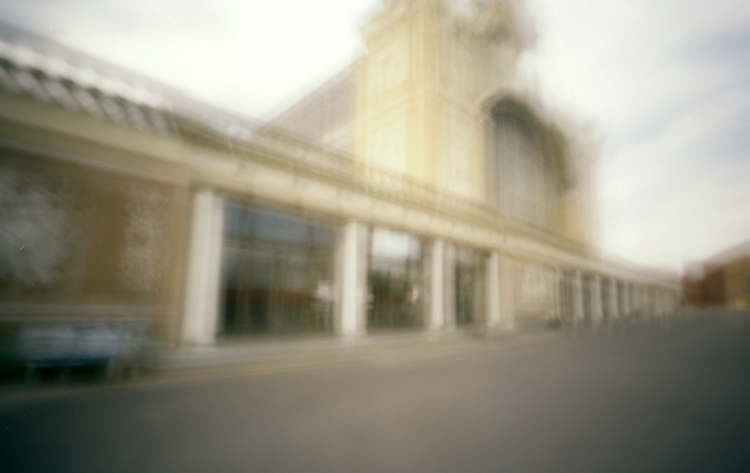
Before each deportation to Theresienstadt, the families involved had to assemble in the barbed-wire area established at the Trade Fair Grounds near Stromovka Park
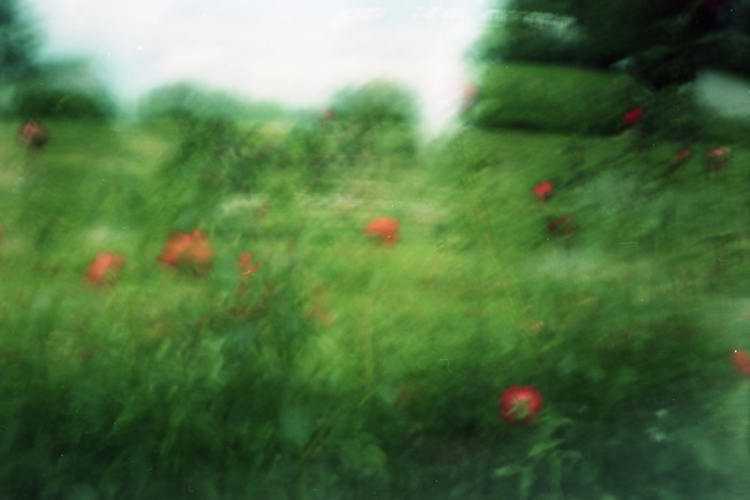
Stromovka Park, Prague, which Austerlitz’s mother loved so much
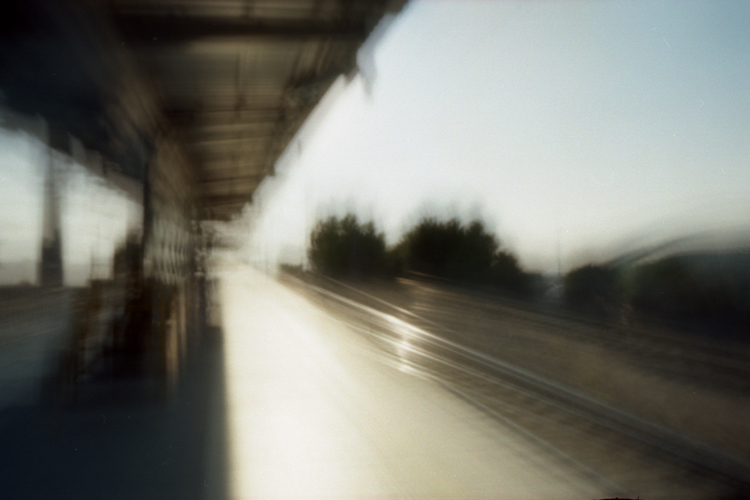
Holešovice station, Prague, from where his mother was deported to Theresienstadt
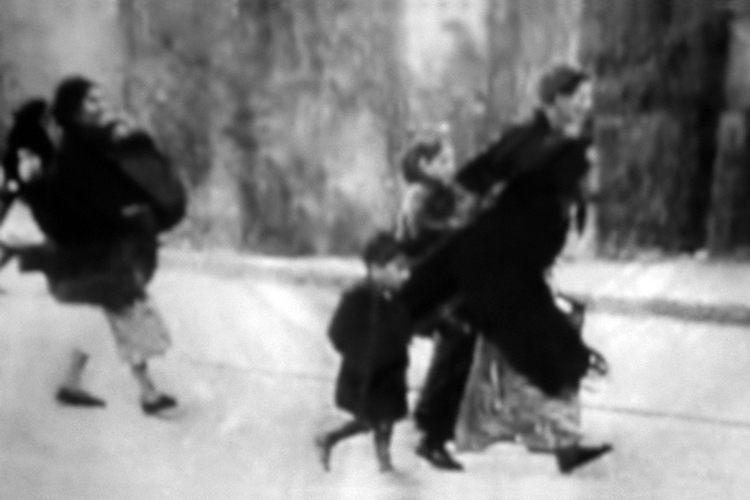
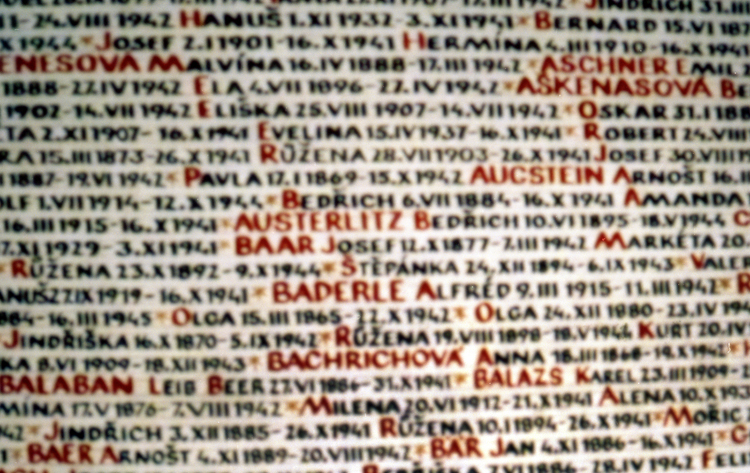
70.000 names of murdered Jews in the Pinkas Synagogue, Prague
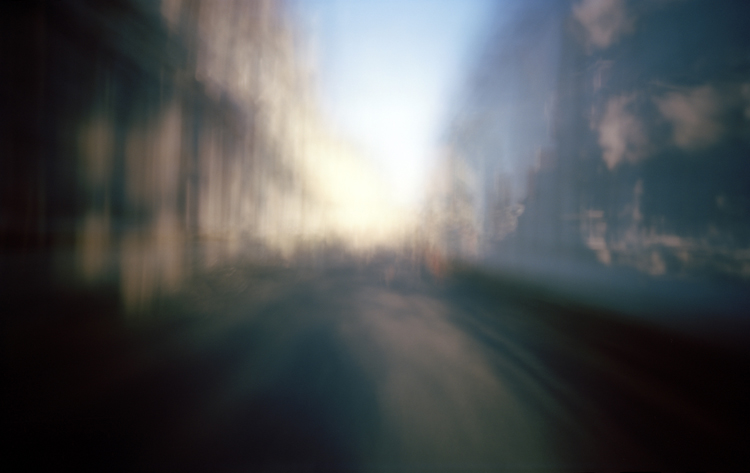
off to France to find his father…
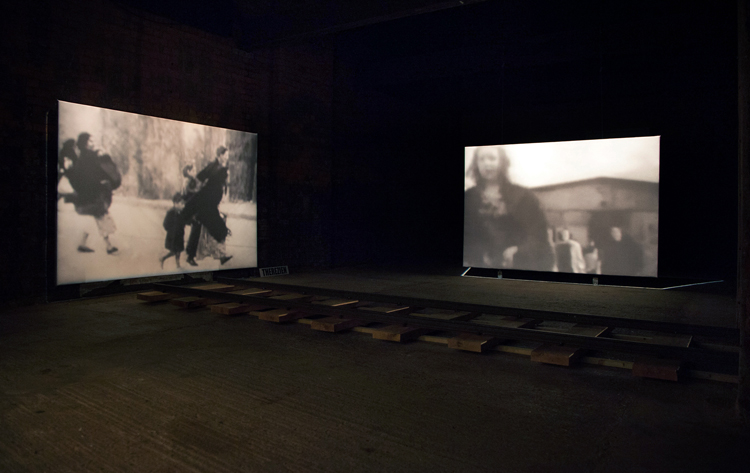
Installation view, The Wapping Project, London, 2013

